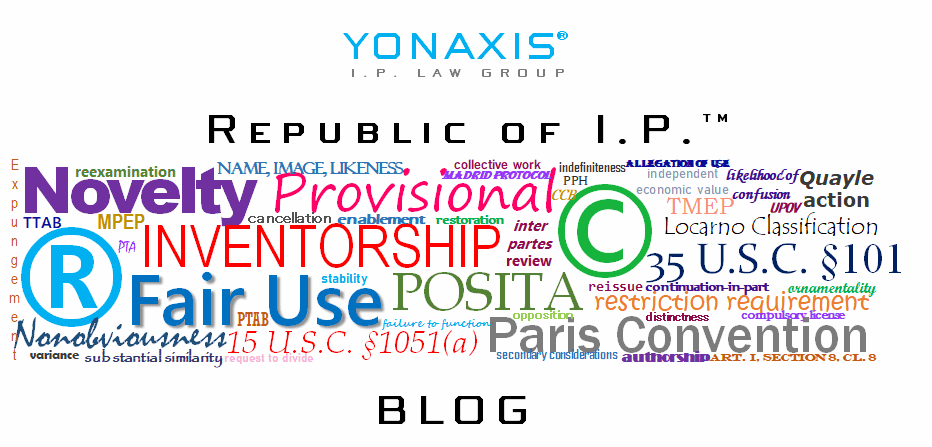At the complex intersection of trademark law and First Amendment protections, courts have developed a sophisticated framework to balance commercial trademark rights under the Lanham Act against First Amendment expressive speech. Two key tests have emerged as crucial tools in this analysis.
The Rogers Test: Protecting Artistic Expression
The Rogers test, established in Rogers v. Grimaldi,1 provides a two-pronged analysis for evaluating trademark claims involving expressive works. Under this test, the use of a trademark in an expressive work is protected by the First Amendment unless:
- The trademark has no artistic relevance to the underlying work, or
- The use explicitly misleads consumers as to the source or content of the work.
This test has been widely adopted by circuit courts and has proven particularly valuable in cases involving movies, books, music, and other creative works that reference existing trademarks. The Rogers test has not been overruled by the U.S. Supreme Court and is therefore good law.
The Jack Daniel’s Test
In 2023, the Supreme Court’s decision in Jack Daniel’s Properties, Inc. v. VIP Products LLC,2 refined the application of First Amendment defenses in trademark cases. (This case was previously discussed on the blog.) The Court clarified that Rogers applies specifically to “expressive works” but emphasized that not all speech automatically qualifies for this protection simply because it conveys an expressive message.
The Jack Daniel’s decision highlighted several key principles:
- Commercial speech receives less First Amendment protection than pure expressive speech;
- The nature of the defendant’s use matters: purely commercial uses of trademarks receive different treatment than artistic commentary; and
- Context is crucial in determining whether speech qualifies as an “expressive work” entitled to Rogers test protection.

The Hara case
In the recent case, Hara v. Netflix, Inc.,3 Lance Hara, professionally known as drag performer Vicky Vox, sued Netflix over an animated series called Q-Force, alleging that an animated version of her image and likeness was featured in a 10-second scene in an episode, in the official teaser trailer, and in a still image provided to an LGBT publication. Vox brought claims for unfair competition and false endorsement under the Lanham Act,4 alleging that the unauthorized use of her likeness led viewers to believe that she was affiliated with the series.
The Ninth Circuit panel held that Netflix’s use of the Hara image is not in a “source-identifying manner,” and therefore Rogers did not apply. The panel found the Hara character as a minor one in the television series, with dialogue or any otherwise source-identifying characteristics.
Conclusion
The Jack Daniel’s/Rogers framework is the gateway to analyze expressive issues in trademarks. Hara demonstrates the relevance of the Rogers test in the post-Jack Daniel’s era, particularly in distinguishing between source-identifying uses of trademarks/likenesses that receive less First Amendment protection, and expressive uses that serve artistic functions, and therefore receive more First Amendment protection. For more information on trademark law, please contact Yonaxis I.P. Law Group.
- 875 F.2d 994 (2nd Cir. 1989). ↩︎
- 599 U.S. 140 (2023). ↩︎
- ___F.4th___, Case No. 23-3768 (9th Cir. July 28, 2025). ↩︎
- 15 U.S.C. §1125(a) (Lanham Act §43(a)). ↩︎
